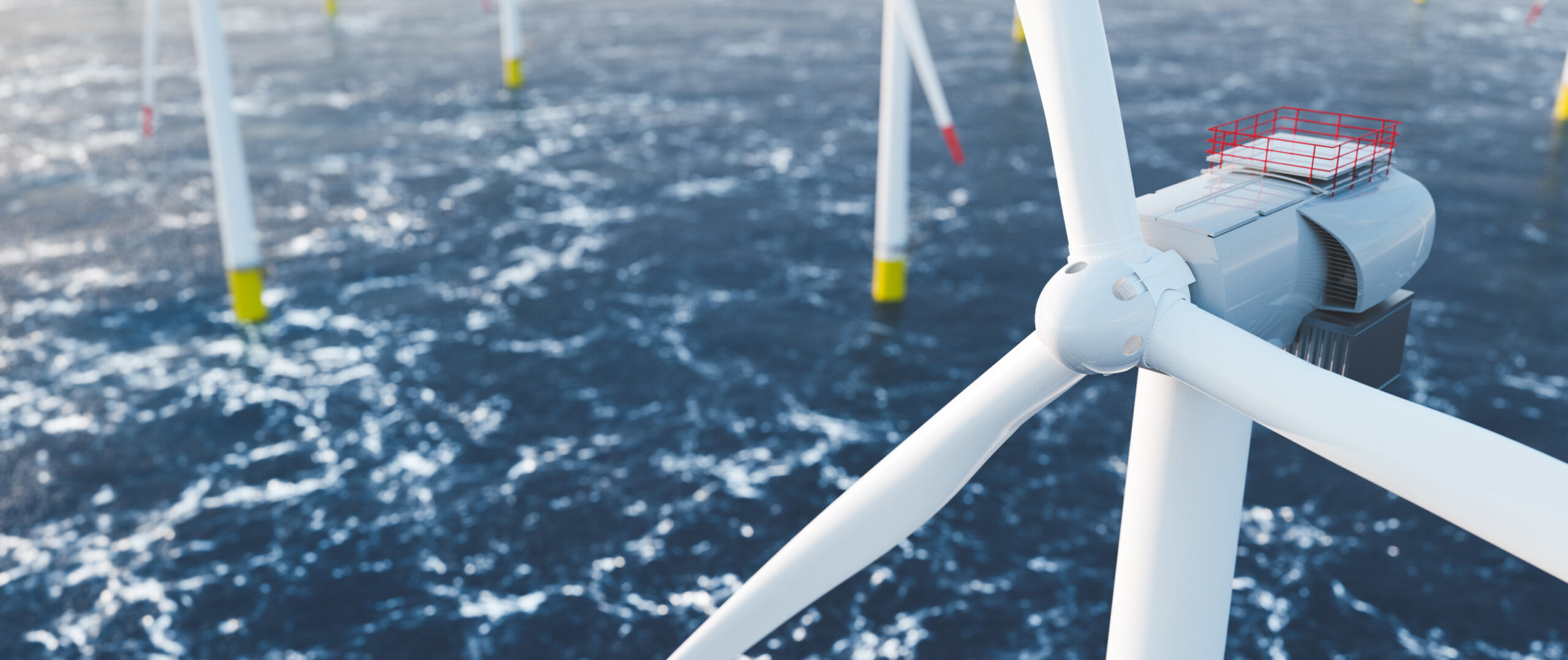President Biden’s plan to install 30 gigawatts of offshore wind capacity by 2030 appears headed into the same dark Atlantic waters as the Titanic before it.
Last fall, Orstead scuttled plans to build its Ocean Wind 1 and Ocean Wind 2 installations off the New Jersey coast. The projects could have generated a combined 1.1 gigawatts of electricity. That would be approximately enough to power 500,000 average homes, at least when the wind is blowing in unpredictable spurts. In truth, it might have come to 3,500 hours of intermittent electricity during an 8,760-hour year.
Earlier this year, Equinor and BP deep-sixed their Empire Wind 2 project off coastal New York. This one supposedly had the potential to generate 1.26 gigawatts, enough for 575,000 homes — that is, as long as the wind blows just hard enough for maximum electricity generation, but not so hard that the turbines have to be shut off to avoid blade breakage.
Avangrid also sank its Park City Wind Project off Connecticut, which promised to deliver 800 megawatts, albeit with similar caveats.
That leaves Revolution Wind (off Connecticut and Rhode Island), South Fork Wind (New York), a couple of struggling projects off New York and Maryland, and the big Coastal Virginia Offshore Wind project. If it’s ever actually finished, Virginia’s installation of 176 enormous 14.7-MW turbines might generate 2,600 MW, again with all of the usual caveats.
These are all major setbacks for the White House and for certain self-promoting northeastern governors. They’ve been touting massively subsidized offshore wind as the vanguard of their government-mandated transition from fossil fuels to “clean, green, renewable, sustainable” electricity
Now, the companies, politicians, and media resort to blaming “macroeconomic factors,” such as inflation, rising interest rates, and “supply chain disruptions,” leading to “unexpected” cost increases over the last three years.
But there are some factors they don’t want to discuss. First, 30 gigawatts of capacity would require an incredible 2,500 gigantic 850-foot-tall 12-megawatt offshore turbines. It’s also barely enough to power New York State alone, even assuming permanent ideal weather conditions that are warm and windy, but not too windy.
As unlikely as that may seem, it all becomes even more doomed as team Biden and climate-obsessed states like New York try to force families and businesses to convert from gasoline cars and natural gas stoves, furnaces, and water heaters to electric models that will nearly double electrical demand. And so New York, all on its own, will soon enough need 5,000 of those 850-foot-tall windmills, in addition to impossibly ideal weather conditions at all times, to say nothing of what would be required to meet national electricity demand.
Wind energy is intermittent and unpredictable. Every megawatt must be backed up with reliable alternative power sources. But energy overseers are shutting down coal, gas, and even nuclear power plants. In some places, they are even promising to shut down hydroelectric dams. That leaves grid-scale batteries for backup. In order to recharge them constantly, we would need to double the already-doubled number of wind turbines.
New York plans to purchase 24,000 megawatt-hours of battery storage; that’s barely enough for 45 minutes of electricity on a sweltering, windless day, not accounting for the increased demand that the push to “electrify” everything will bring about. Installing grid-balancing and backup batteries for the entire U.S. could cost up to $290-trillion — again, based only on today’s electricity needs.
No one in the Biden administration, Congress, the New York or Virginia legislatures, or anywhere else has a clue how many offshore wind turbines and batteries would be required to power and back up the entire nation under all-electricity, all-wind-and-solar schemes. It would likely approach a quadrillion dollars. Electricity costs would reach the stratosphere.
